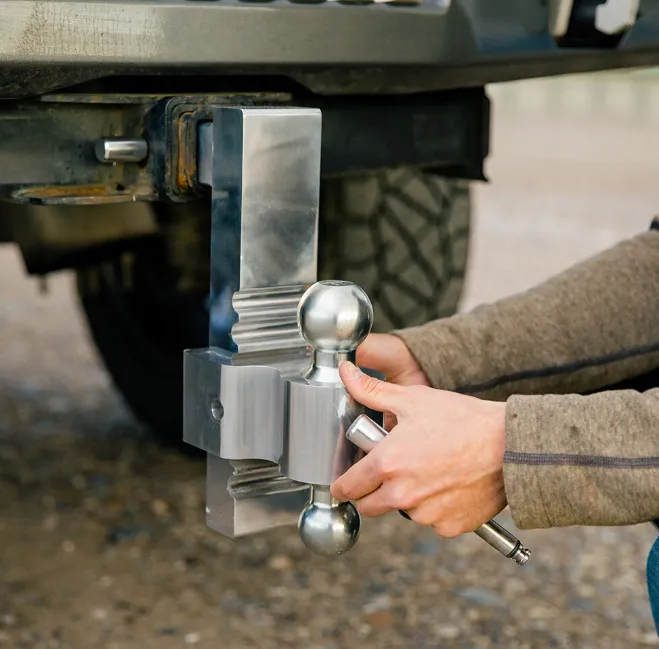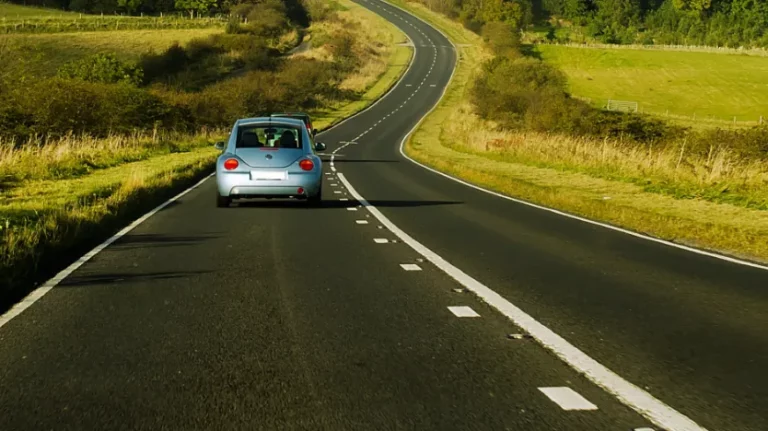Your Towing Backbone: A Deep Dive into Hitch Support
Most towing disasters start with a bad hitch setup. Not the engine, not the trailer, but right where it all connects—the hitch. People often think tossing on any old ball mount is fine, but that tiny mistake? It can cost you big. According to the NHTSA, trailer sway is behind around 50,000 accidents each year. And more often than not, it’s avoidable—with the right hitch support.
What Hitch Support Is
First off—hitch support ain’t just the shiny chrome ball sticking out your bumper.
Think of it like the spine of your towing setup. It keeps things straight, safe, and stress-free. Hitch support is a system. Not just one part. It includes receiver hitches, mounts, sway bars, and weight distribution—basically, a gang of components working to keep your trailer from turning into a rogue missile.
Why You Absolutely Need Solid Hitch Support
- Safety First, Always: Sway is terrifying. Especially when you’re going 65 mph, and your trailer decides to start dancing. Solid hitch support? It reduces sway, increases control, and saves your pants from being scared off.
- Protecting Your Gear: You spend a lot on your rig. Truck, trailer, tools, bikes, whatever’s in there. Poor hitch support causes frame stress, tire wear, broken welds—you name it. Why risk it?
- Smooth Sailing: Good hitch support makes towing feel like you’re gliding. Less bounce, less jerk, and a lot less white-knuckling the wheel.
Customer support for towing can be a game-changer, helping you get the right hitch without any doubt.
How Hitch Support Systems Work Their Magic
- Distributing the Load: Ever seen a truck with the back squatting like it’s carrying bricks? That’s what happens when weight isn’t distributed right. Weight distribution hitches spread the pressure evenly across all axles—truck and trailer. It’s like turning a lopsided see-saw into a balanced one.
- Fighting the Wiggle: Sway control systems are the MVPs here. They use friction or cam-style devices to resist that side-to-side motion literally. Less wiggle = more confidence.
- The Physics of Stability: There’s legit science here. A properly supported hitch lowers your center of gravity, controls angular momentum, and absorbs road shock. Basically, it makes your 5,000-pound load feel more like a sleepy cat than a charging bull.
Anatomy of a Hitch Support System
- Receiver Hitches: This is your foundation. Comes in Class I to V. Know your class before you haul—Class I is grocery-run cute, and Class V is built to pull a tiny house.
- Ball Mounts & Hitch Balls: This is where mistakes happen most. Wrong ball size = disaster. You need the right ball size (e.g., 50mm, 2-inch) to match your trailer’s coupler. Measure twice, tow once.
- Weight Distribution Kits: These come with bars, chains, brackets, and sometimes anti-sway features. They’re the heavy lifters, keeping everything balanced.
- Sway Control Devices: You have options—friction sway bars, dual cam setups, or hitches with built-in sway control. Choose based on your trailer weight and driving style.
Choosing Your Perfect Towing Backbone
- Know Your Weights: There’s Gross Trailer Weight (GTW) and Tongue Weight (TW). You need to know both. Guessing is appealing until your axle snaps.
- Your Vehicle’s Limits: Read the manual. Seriously. Don’t just assume your F-150 can tow a cabin cruiser. Match your hitch support to your actual capacity.
- Towing Style & Terrain: Are you cruising highways or crawling mountain trails? Off-road or RV life? Your hitch needs to match your vibe.
- Installation & Maintenance: Yeah, DIY is tempting. But if you don’t torque it right or forget the washers—boom. Always double-check. And grease those moving parts. Regularly.
Common Mistakes to Avoid (Learn From Others’ Oopsies!)
Nobody’s perfect, but some mistakes are easily avoided with proper customer support for towing.
- Underestimating Weight: Don’t guess, always measure! Load up your trailer and go to a weighbridge. It’s the only way to be sure of your GTW and tongue weight.
- Ignoring Sway: It’s not just annoying; it’s dangerous. If your trailer starts to sway, it’s a huge warning sign. Don’t just “drive through it.” Stop, check your setup, and adjust.
- DIY gone Wrong: When professional installation is a must. While some might be handy, complex weight distribution or sway control systems are best installed by experts like Andersen Hitches. Getting it wrong can be catastrophic.
- Skipping Maintenance: A little check goes a long way. Regularly inspect and lubricate your hitch components, bolts, chains, and bars for wear, rust, or damage. It only takes a few minutes or professional help.
Got a bunch of towing questions swirling in your head? You’re not alone! People often wonder about things like, “How much can my car really pull?” or “Do I need special brakes for my trailer?” “What’s the speed limit when I’m towing in India?” These are all valid concerns. Don’t just guess or trust old wives’ tales. This is exactly why getting reliable info from your trusted expert is so important. Better safe than sorry, right?
Final Thoughts
Towing ain’t just hook-and-go. It’s planning. It’s precision. And most of all, it’s hitch support. Your trailer is only as secure as what’s connecting it. Don’t risk your ride, your gear, or your weekend getaway by skimping on the backbone of your setup.
Whether you’re pulling a boat to the lake, moving your camper cross-country, or just hauling the occasional load—invest in a smart system.
And if you’re wondering where to start, one name keeps popping up in towing circles: Andersen Hitches. These guys know their stuff—premium parts, smart engineering, and they are always there for your help.
So yeah. Get the right hitch. Get it installed right. Check it often. And roll out knowing your trailer’s following your lead.







